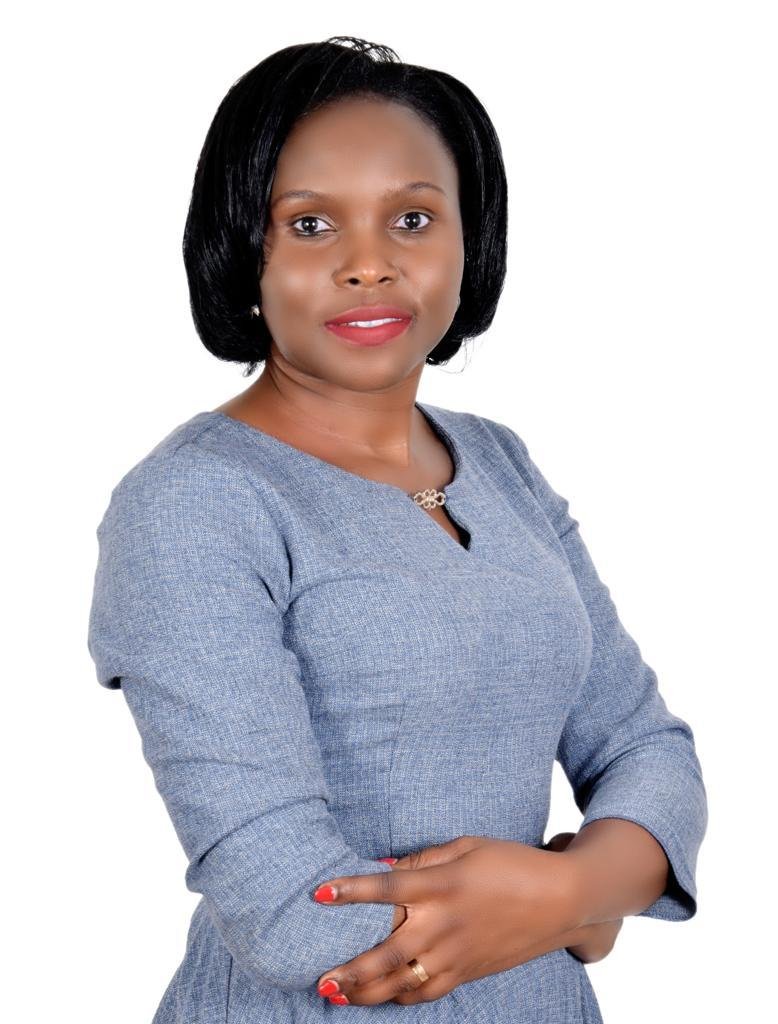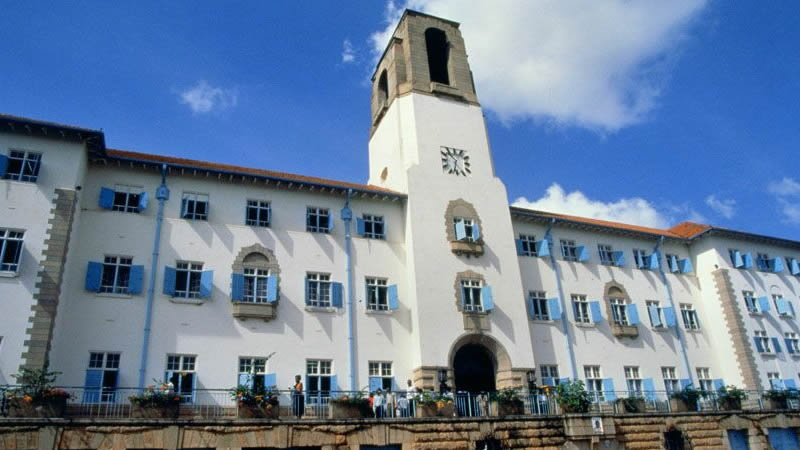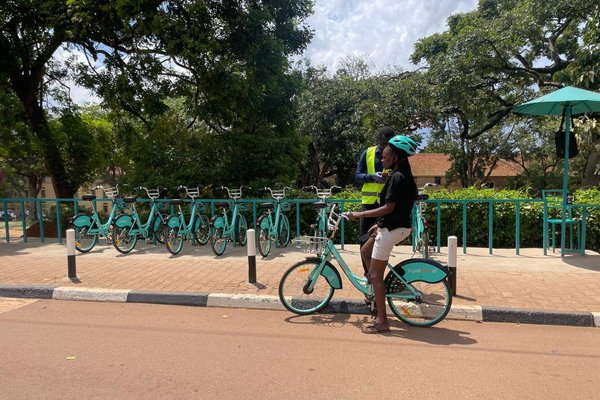By Aaron Oguttu
Artificial intelligence is one of the aspects of technology that has fascinated the world in the 21st century and keeps bringing up surprises. Meet Dr. Rose Nakasi, a computer scientist with a specialty in Artificial intelligence (AI) in the Makerere AI Lab. The doctor won a grant worth $1.5 million (about Shs5.6 billion) from Google to improve the Mak Ocular project she put out. Dr. Nakasi is a lecturer in the Department of Information Technology at Makerere University. She previously lectured at Busitema University. She is currently a lead driver under the global initiative on Artificial Intelligence. She is currently spearheading the ocular microscope project that screens for malaria, tuberculosis, and cervical cancer. The Legacy met her and in an interview she explained how she came to birth the project.
Q. Please tell us how you came to think of the idea of the Mak Ocular.
A. Matter of fact, at least 90% of Uganda’s population has suffered from malaria at a particular point in their life. Necessity being the mother of invention, I decided to take this initiative in addition to the very few technicians and pathologists that we have as a nation. The rationale behind this was all about how to leverage upcoming technologies such as AI to counter the low labor turns. More merit to this is the presence of smartphones on the market and microscopes in laboratories. This motivated me to venture into this.

Dr. Rose Nakasi, a computer scientist with the Makerere AI Lab.
Q. You must have had a number of challenges while trying to make this project work. What were some of those?
A. I came across a few challenges. Developing models was hectic when it came to data collection for development. The funding aspect was another huge challenge that came in while coming up with the Mak Ocular; the generation of data sets all required finance and this was a huge issue in the process, however, despite this setback, we managed to overcome. The interdisciplinary research aspect involved computer scientists and specialists in microscopy who had to interrelate ideas in order to come up with the Mak Ocular.
Q. Did you get help from elsewhere and if so, whom would you attribute this success to so far?
A. This would have never been delivered if I was running alone. Like I earlier mentioned, it is an interdisciplinary project, meaning, it's an involvement of two or more disciplines. At this juncture, allow me to appreciate my colleague, Dr. Alfred Andama from the College of Health Sciences in the Department of Internal Medicine for his relentless support to the project.
Q. How did Google come into the equation?
A.Google has a program for AI for global goals that supports the realization of Sustainable Development Goal 3 (SDG 3) in that it looks forward to a tangible impact on the realization of good health. A call was put out in 2022 on how the integration of AI can keep evolving. I tendered in my application in 2023 and I emerged among one of the winners of the grant. Google found merit in my project that is meant to simplify service delivery at the different health facilities in not only Uganda but globally.
Q. Do you have any idea of how you won the grant?
A. Well I guess the secret behind winning the grant was mainly about the impact it is going to have on society, the sustainability of the project, and its ability to attract funding from the corporate world. This versatility convinced Google perhaps to give this magnitude of funding to the project which is to the benefit of not only Makerere but the entire nation and globe.
Q. Is there any unique aspect you would like to tell us from the genesis of the project?
A.This has been an ad-hoc project which involved piloting in the 4 different regions of Uganda. It took an understanding of the different aspects of the diseases and their effect on the ecosystem. This was a hectic task executed by the bigger team that even trained more models for use at the Uganda Cancer Institute for the greater benefit of the community.
Q. Now that we know all that, please explain how the Mak Ocular works.
A. The Mak Ocular uses the general microscopy procedure in operation. For the illnesses of malaria, Tuberculosis, and cervical cancer, blood is placed on a slide under a microscope. Through the prototype of the 3D adapter, the smartphone is placed at this point. The eyepiece of the microscope then projects on the screen of the smartphone reflecting as many pathogenic images as possible. At this point, the microscopists label the characteristics of the parasites/pathogens. Then models are pre-built, based on artificial intelligence thus results are confirmed by the technician. With this, it is able to reveal the level of parasitemia henceforth determining the illness.
Related News
![]() Please join hands with the Makerere University Endowment Fund as it works towards attracting & retaining the best faculty, providing scholarships, and investing in cutting-edge research and technology.
Please join hands with the Makerere University Endowment Fund as it works towards attracting & retaining the best faculty, providing scholarships, and investing in cutting-edge research and technology.



